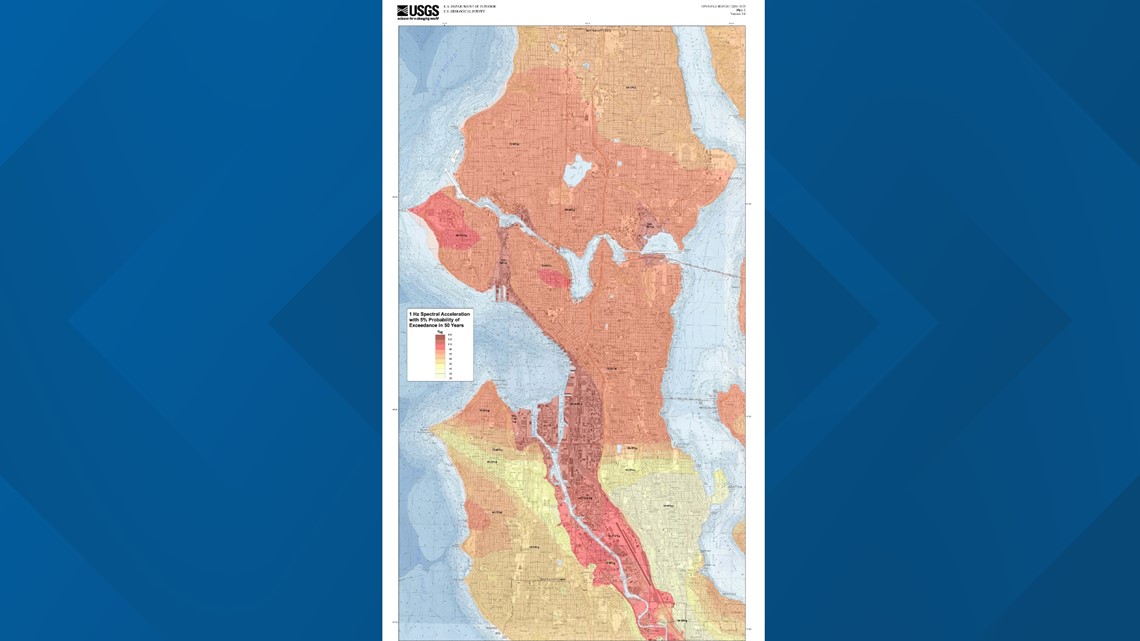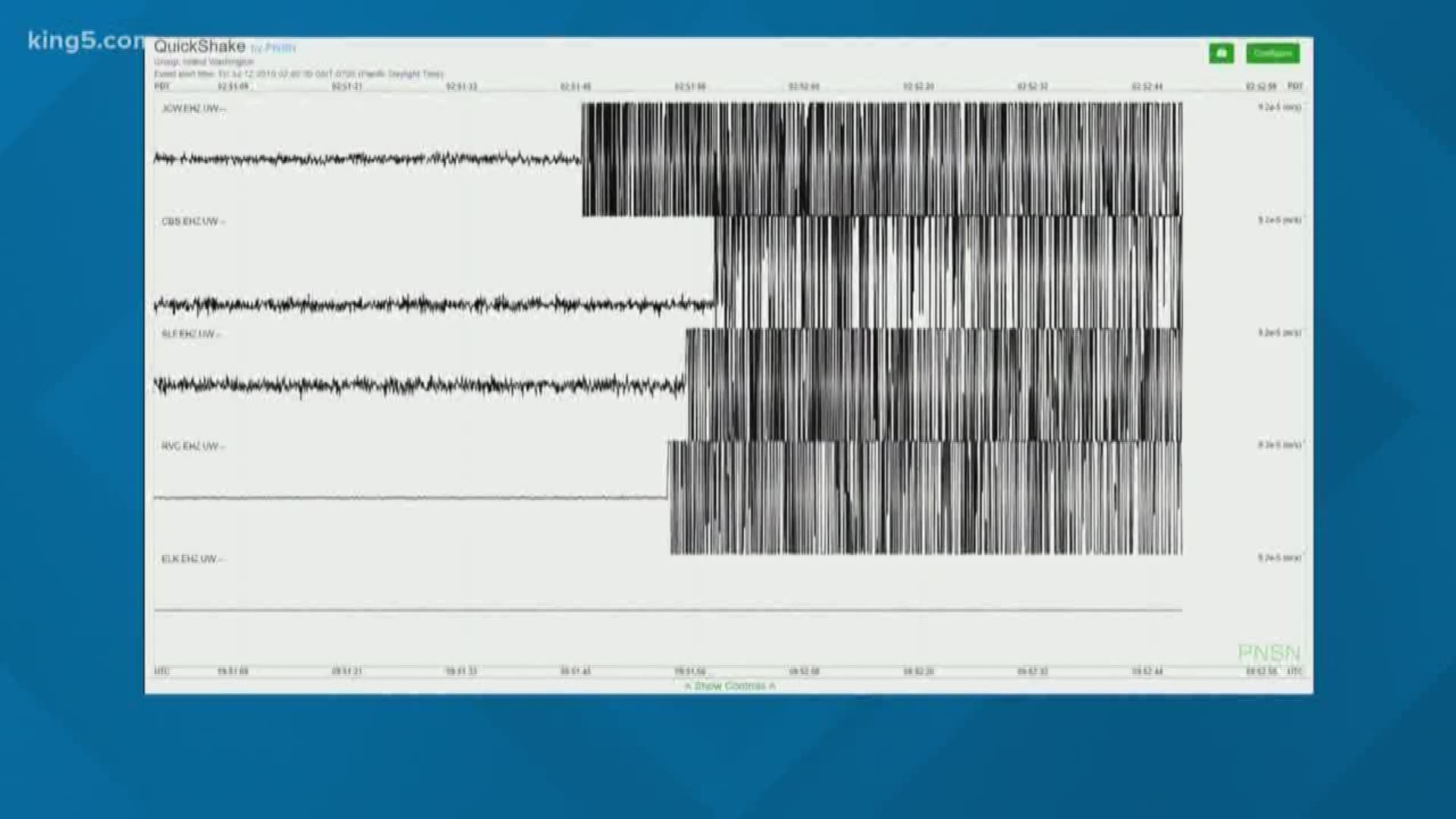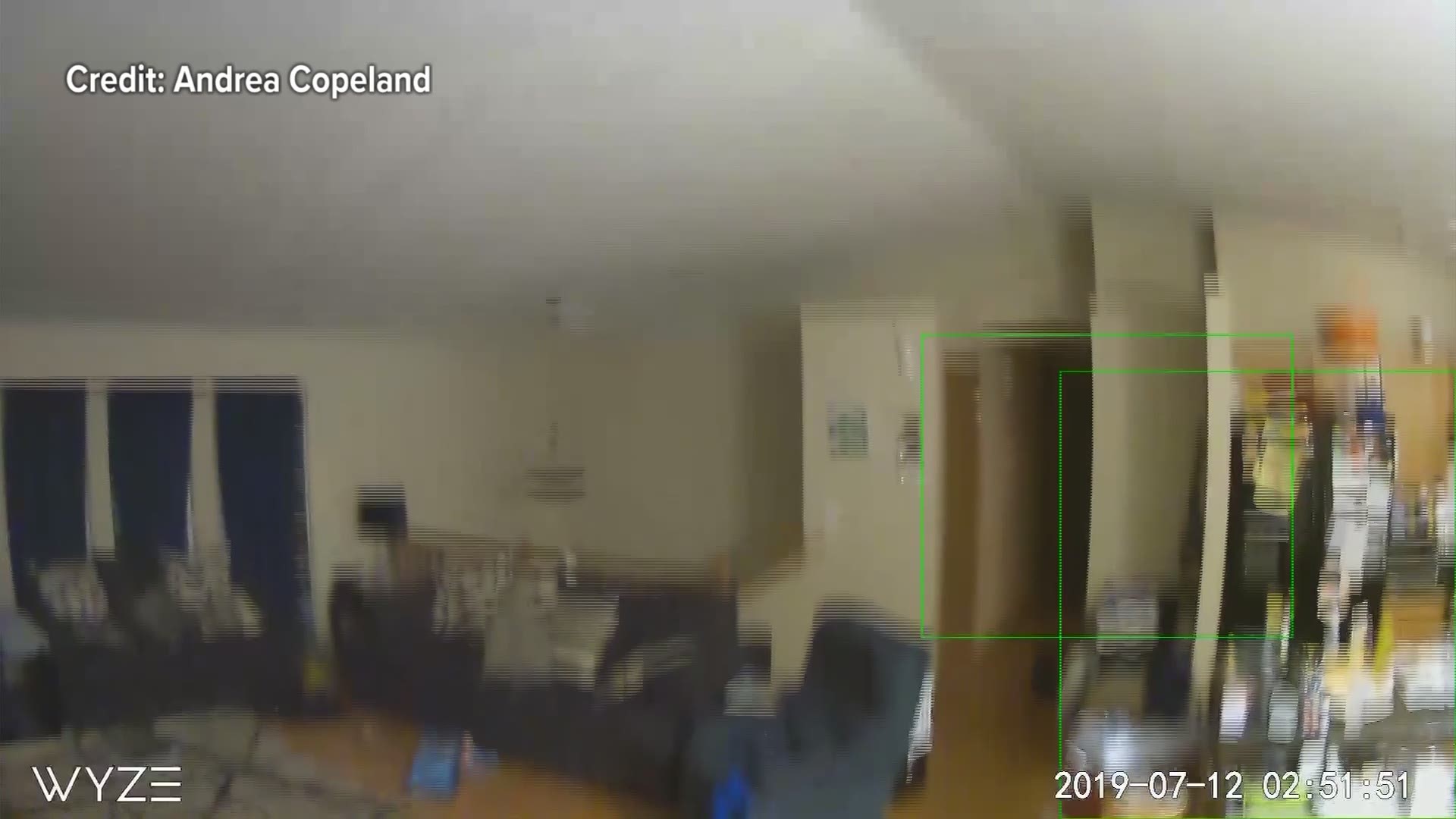The magnitude 4.6 earthquake that struck near Monroe, Washington early Friday morning was felt as far away as Sechelt, British Columbia 140 miles northwest, and Medford, Oregon 385 miles south.
Over 13,600 people reported feeling the quake on the USGS “Did you feel it?” website.
While many Seattle residents were woken up by the shaking, others slept through the shaking or didn’t feel it at all.
A USGS map of shaking risk during an earthquake for the city of Seattle highlights regions in deep red where the ground is mostly soft soils or artificial fill, which will amplify shaking the most. The intensity of shaking can vary greatly from one neighborhood to the next.


Dr. Harold Tobin, director of the Pacific Northwest Seismic Network, explains that while the distance to an earthquake is the most basic way to estimate shaking intensity, there are many other factors that complicate the story. Basin effects and rupture direction are two big factors.
“It can be different from block to block,” Tobin explained. “Some parts of Seattle will feel it more than others.”
Shaking from earthquakes can travel farther through solid rock, but weaker and looser rocks like those in the Seattle basin will increase the intensity of the shaking.
Dr. Erin Wirth, a geophysicist with the USGS based in Seattle, explains the basin effect: “It’s like if you have jello on a plate, and you move it, the jello will move a lot more than the plate.”
When seismic waves travel through bedrock, and then hit weaker sedimentary rocks like those in the Seattle basin, the basin can amplify the waves, making them larger and longer lasting.
When it comes to shaking intensity, details can be important, and scientists continue to study the Seattle basin to refine their understanding of what to expect.
Residents should be familiar with local earthquake hazard maps, but do not assume that you are safe from shaking just because your neighborhood is in a lower risk area.


